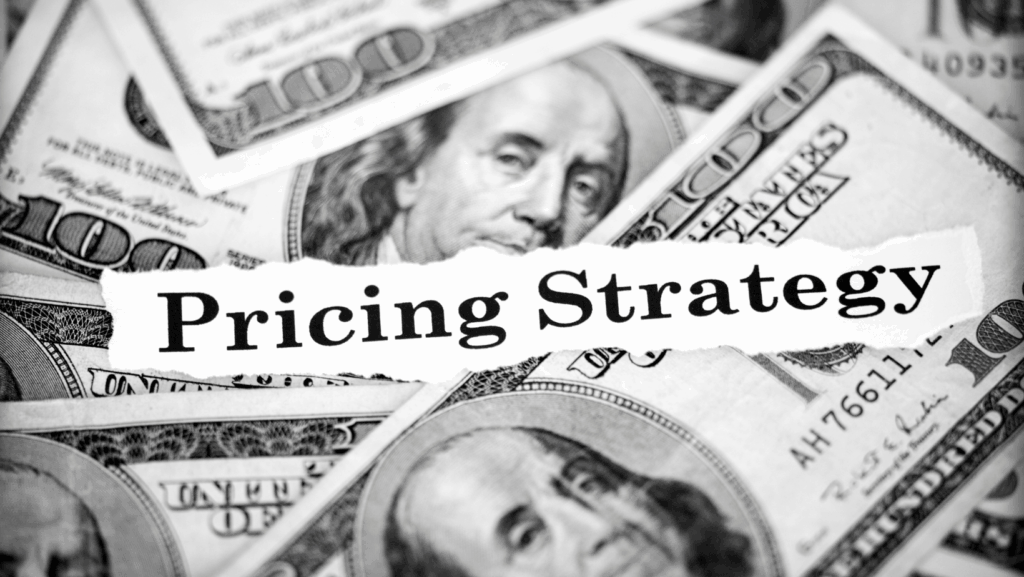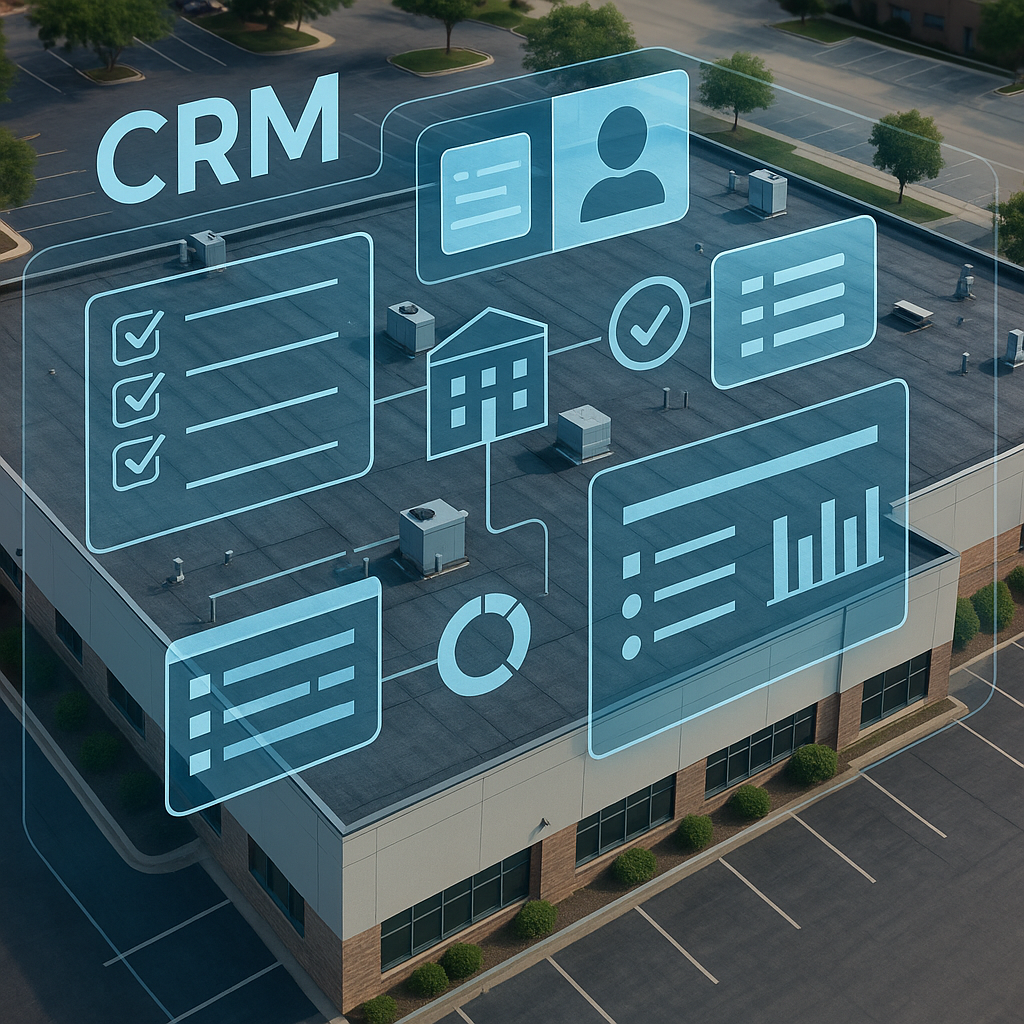Setting the right price for commercial roof maintenance contracts is crucial for roofing contractors who want to maintain profitability while delivering value to clients. Here are practical strategies for pricing maintenance contracts that align with industry trends, meet client needs, and provide sustainable revenue.
-
Analyze Cost Components and Set a Baseline
Start by breaking down all cost components associated with maintenance services. These typically include labor, materials, travel, and administrative expenses. Calculate a baseline cost per project type to ensure each contract covers your minimum expenses. This baseline helps you set a floor price, ensuring that every contract signed is profitable. Knowing your baseline also provides a foundation for structured negotiations with clients.
-
Segment Contracts by Service Levels
 Offering tiered service options can cater to different budgets and client needs while helping you maximize revenue. For example, create a “basic” package with essential inspections and repairs, an “enhanced” package that includes emergency services, and a “premium” package with priority response and extended warranty options. Clearly outline what’s included at each level, allowing clients to choose the best fit for their budget and service needs. Tiered pricing can improve client satisfaction and reduce the risk of underpricing.
Offering tiered service options can cater to different budgets and client needs while helping you maximize revenue. For example, create a “basic” package with essential inspections and repairs, an “enhanced” package that includes emergency services, and a “premium” package with priority response and extended warranty options. Clearly outline what’s included at each level, allowing clients to choose the best fit for their budget and service needs. Tiered pricing can improve client satisfaction and reduce the risk of underpricing.
-
Leverage Historical Data to Anticipate Costs and Set Prices
Using historical data from previous maintenance projects helps forecast costs more accurately and set appropriate prices for new contracts. Review metrics like average repair costs, typical response times, and seasonal expense fluctuations. Data can reveal hidden costs, such as extra material expenses during colder months or increased labor in high-demand seasons. Adjusting prices based on this data ensures contracts reflect realistic costs and avoid underestimation.
-
Incorporate Flexibility for Unpredictable Repairs
In commercial roofing, unexpected repairs or significant wear and tear can increase maintenance costs. To protect profitability, consider structuring contracts with flexible pricing options, such as “time and materials” billing for unplanned repairs or “allowances” that cover a set number of extra hours or materials per year. This flexibility allows clients to budget with a fixed maintenance rate while covering additional work as needed. Clearly communicate the terms and limits for extra charges to maintain transparency.
-
Educate Clients on the Value of Maintenance
 Clients may be more likely to invest in a higher-priced contract when they understand the cost-saving benefits of proactive maintenance. Use real-life data from past projects to illustrate how routine maintenance extends roof lifespan, prevents costly emergency repairs, and improves energy efficiency. By educating clients on the value of proactive roof care, you can justify higher pricing tiers and help clients view maintenance as an investment rather than an expense.
Clients may be more likely to invest in a higher-priced contract when they understand the cost-saving benefits of proactive maintenance. Use real-life data from past projects to illustrate how routine maintenance extends roof lifespan, prevents costly emergency repairs, and improves energy efficiency. By educating clients on the value of proactive roof care, you can justify higher pricing tiers and help clients view maintenance as an investment rather than an expense.
-
Factor in Location and Facility Type
Location and facility type can significantly impact maintenance costs, and adjusting prices based on these factors can improve profitability. Urban areas may require higher pricing due to logistics and labor expenses, while rural projects might have different material transport costs. Similarly, a manufacturing facility with exposure to chemicals or high moisture levels may demand more frequent or specialized maintenance compared to an office building. Tailor your contract pricing to reflect the unique conditions of each property.
-
Include Renewal Incentives for Long-Term Contracts
 Encouraging clients to renew or sign long-term contracts can provide consistent revenue and reduce client acquisition costs. Offer incentives like discounted rates for multi-year agreements, free inspections, or minor repairs included in the contract. Multi-year contracts not only provide stability but also allow clients to lock in maintenance rates, which can be a valuable benefit for companies seeking to control costs over time.
Encouraging clients to renew or sign long-term contracts can provide consistent revenue and reduce client acquisition costs. Offer incentives like discounted rates for multi-year agreements, free inspections, or minor repairs included in the contract. Multi-year contracts not only provide stability but also allow clients to lock in maintenance rates, which can be a valuable benefit for companies seeking to control costs over time.
Pricing commercial roof maintenance contracts effectively involves understanding baseline costs, tailoring packages to client needs, and using data to anticipate expenses. By employing strategies such as tiered pricing, flexible charges for unforeseen repairs, and incentives for long-term contracts, roofing contractors can set profitable prices that align with client expectations and foster strong, lasting relationships.




